Certainly! Here’s the rewritten content in English:
---

### What is a Bulb-Tite® Rivet?
Bulb-Tite rivets are a high-performance fastener that stands out from other structural rivet types thanks to their unique tri-star anchor and EPDM washer. These features provide exceptional resistance to both weather and vibration while ensuring a robust seal with a large blind-side bearing area.
These specialized structural rivets distribute clamping force through their anchor blades, offering superior pull-through resistance. They’re particularly well-suited for applications requiring safety anchor points and are commonly used in the fabrication of pantech and refrigerated truck bodies. One standout feature of Bulb-Tite rivets is their extended material grip range, allowing a single rivet to accommodate a broader range of material thicknesses—including curved or uneven surfaces. For a deeper dive into structural rivets, check out our rivet blog.
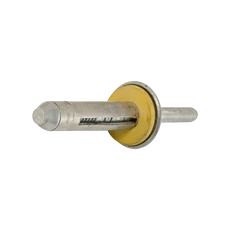
### How to Install Bulb-Tite® Rivets
Installing Bulb-Tite rivets follows a straightforward process, but it’s crucial to use the right nose tip and jaws for optimal results. Here’s a step-by-step guide:
1. **Pre-Drilling**: Begin by drilling the correct-sized hole.
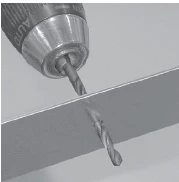
*Pre-drill the correct diameter hole.*
2. **Select the Right Tools**: Use the appropriate nose tip and jaws for your tool.
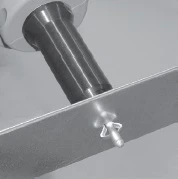
*Ensure you use the correct nose tip and jaws.*
3. **Blind-Side Anchor Formation**: Once installed, the blind-side tri-star anchor forms securely.
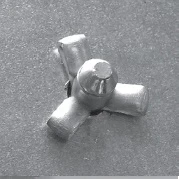
*Blind-side tri-star anchor formation.*
### Bulb-Tite Installation Process
Installing a Bulb-Tite rivet closely resembles the process for standard rivets. However, using the proper nose tip and jaws ensures a polished finish. Here’s how it works:
- Insert the rivet body into the pre-drilled hole.
- Pull the pin and head into the rivet body using the tool.
- Form the blind-side anchor.
- Reach the breaking force, causing the pin to break at the notch.
- Set the blind rivet, clamping the parts together tightly.
### How Do Bulb-Tite® Rivets Work?
Unlike standard rivets, Bulb-Tite structural rivets include an internal mechanism that locks part of the pin (mandrel) inside the rivet body. This design enhances strength by adding an extra layer of material that interlocks with the surrounding material. When installed, the slotted body folds and splits into a propeller-shaped blind-side anchor. Below is a four-step visual summary of the process:
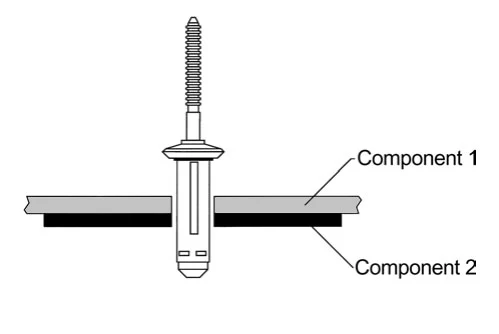 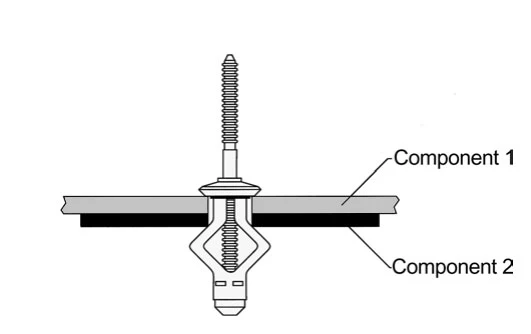
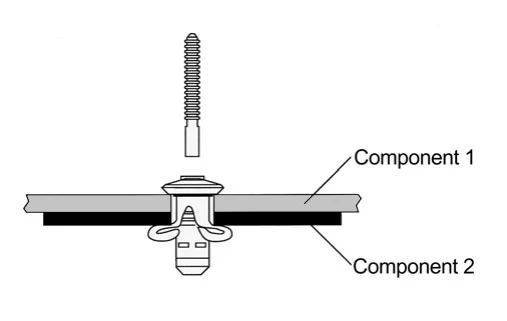 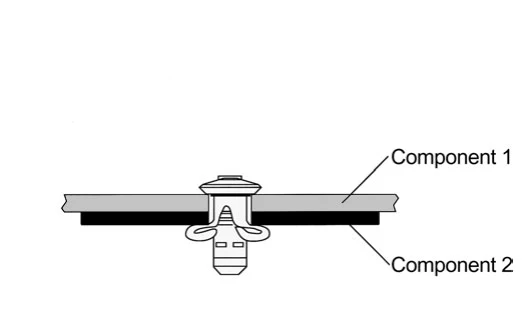
### Correct Bulb-Tite® Rivet Placement
Proper installation requires adequate blind-side space for the slotted body rivet to fold and form propeller-shaped anchor blades. Incorrect placement can lead to improper expansion and reduced strength.
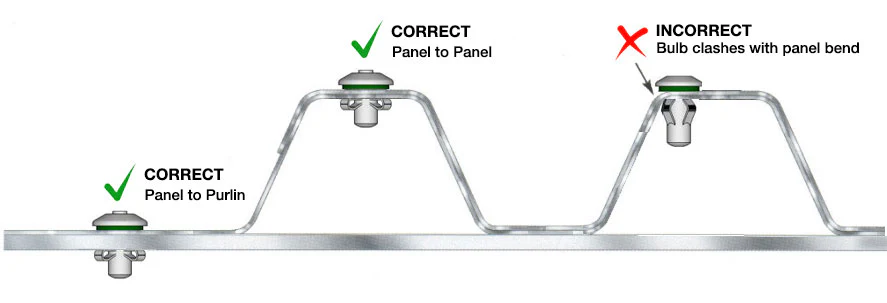
### Recommended Rivet Guns
For optimal performance, we recommend using specific rivet guns. Here are two popular options:
- **Gesipa PowerBird Pro Gold**
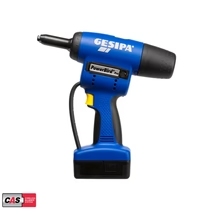
*Requires optional extra 17/48 (7252237) Gesipa Nosepiece for 7.7mm.*
- **FAR RT-33 Long Lever Tool**
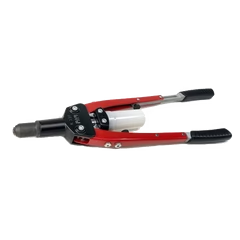
### Correct vs. Incorrect Installation
#### Correct Installation
- The stem should be visible just above or slightly below the surface (no more than 5mm below).
- The rivet has successfully "bulbed out."
- The rivet is properly sealed.
- If the rivet is 3mm or more below the surface, apply silicone for added protection.
- To confirm, check the seal under the rivet. A squashed seal indicates proper installation.

#### Incorrect Installation
- The stem extends too far below the surface.
- The rivet hasn’t “bulbed out†correctly, reducing its strength.
- Inadequate sealing increases the risk of leaks.
**Note:** The issue often arises when the “bulb†cannot expand fully due to contact with the side of the roof sheet. Always ensure the rivet is centered to prevent this problem.
---
This detailed guide should help you master the art of installing Bulb-Tite rivets effectively. Let us know if you have any further questions!